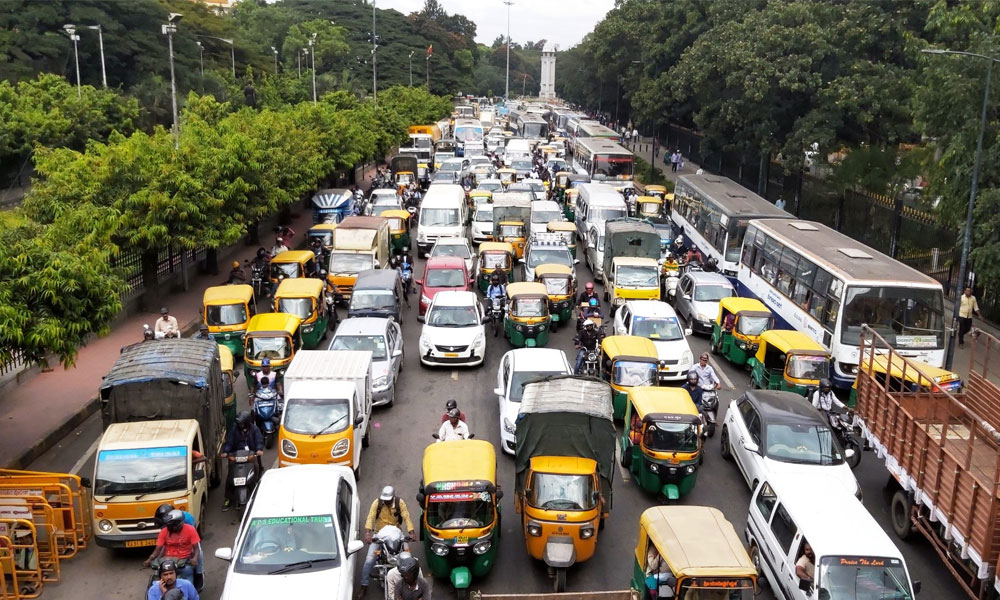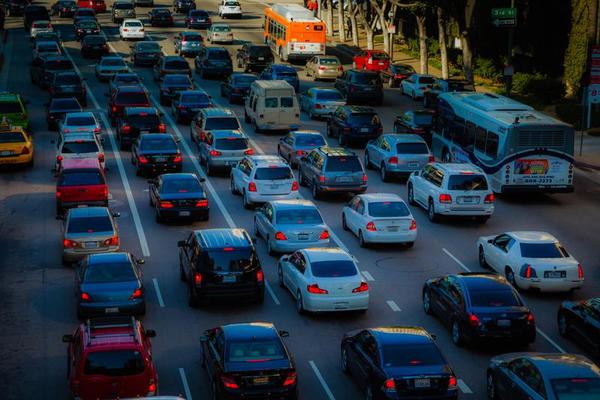
Managing time efficiently is crucial at the Woodlands Checkpoint, which connects Singapore and Malaysia daily. The introduction of real-time camera feeds has revolutionised how these travellers plan their journeys, offering unprecedented insight into the ever-changing conditions.
The Woodlands Checkpoint, connecting Singapore to Johor Bahru in Malaysia, is a vital artery for both countries. It facilitates tourism and supports a significant workforce that crosses the border daily. However, the sheer volume of traffic passing through this checkpoint often leads to unpredictable delays, causing frustration and impacting schedules on both sides of the border.
Historically, commuters had to rely on sporadic updates or word-of-mouth information about congestion levels. This lack of real-time data often resulted in poor planning, wasted time, and increased stress for travellers. The live camera feeds address these issues head-on, providing a visual, up-to-the-minute snapshot of conditions at the checkpoint.
Power of real-time information
Real-time camera feeds offer several key benefits to Woodlands Checkpoint commuters.
Accurate traffic assessment
Live feeds allow commuters to assess the current traffic situation visually. Instead of relying on potentially outdated reports, travellers can see the length of queues, the number of open lanes, and the general flow of vehicles. This firsthand information enables more accurate decision-making about when to travel.
Time management
Real-time feeds help commuters manage their time more effectively by clearly showing checkpoint conditions. They can choose to delay their departure if congestion is high or set out immediately if traffic flows smoothly. This flexibility is precious for those with time-sensitive commitments on either side of the border.

Reduced stress and improved planning
Uncertainty causes border crossers to stress. Real-time camera feeds alleviate this by providing concrete information about what to expect. Commuters can plan their routes, estimate crossing times more accurately, and make informed decisions about alternative travel options when necessary.
Enhanced safety
During exceptional circumstances, such as accidents or security incidents, live feeds can provide crucial information about the checkpoints. This real-time awareness helps travellers avoid potentially dangerous situations and plan alternative routes.
Custom traffic solutions
The availability of real-time data authorities implements custom traffic management strategies. By monitoring live feeds, checkpoint officials can dynamically adjust staffing levels, open additional lanes during peak hours, and respond swiftly to emerging issues. This adaptability helps maintain smoother traffic flow and reduces crossing times.
Technological implementation and accessibility
The success of real-time camera feeds at the Woodlands Checkpoint relies on robust technological infrastructure and user-friendly accessibility.
High-definition cameras
Strategically placed high-definition cameras capture clear, wide-angle views of the checkpoint area. These cameras are designed to operate reliably in various weather conditions with consistent coverage.
Secure data transmission
The video feeds are transmitted securely to prevent unauthorised access or tampering. This ensures the integrity of the information to commuters and protects the privacy of individuals crossing the border.
User-friendly platforms
Real-time feeds are accessible through various platforms, including mobile apps, websites, and digital signage near the checkpoint. These platforms are designed for easy navigation, allowing users to access the information needed quickly.
Integration with Navigation Apps
Many popular navigation apps now incorporate real-time feed data from the Woodlands Checkpoint. This integration is for dynamic route planning and estimated arrival time calculations based on border conditions.
Tracking traffic patterns in real-time has led to the implementation of custom traffic solutions. These include temporary lane reversals during peak hours or the rapid deployment of additional staff to address sudden influxes of travellers.



